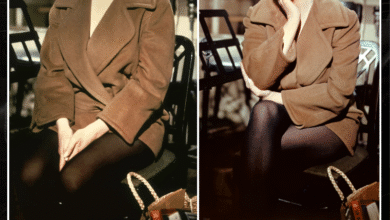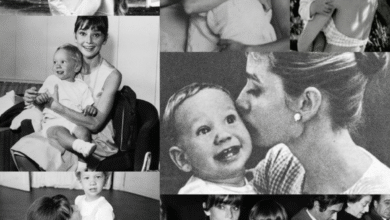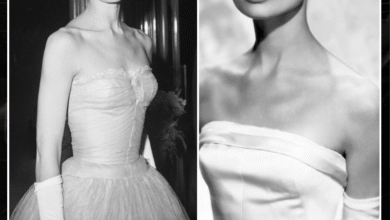The Dark Side of Marilyn Monroe’s Mental Health Struggles: Locked in a Padded Cell for Days
OPINION: This article may contain commentary which reflects the author's opinion.
Marilyn Monroe, one of the most iconic figures of Hollywood, was no stranger to the pressures of fame, and behind the glamorous image, she faced deep personal struggles. In 1961, overwhelmed by the emotional toll of recent events—such as her divorce from Arthur Miller and the underwhelming reception of The Misfits—Monroe was encouraged by her psychoanalyst to seek rest at a psychiatric clinic. She believed she was entering a facility for a “rest cure,” a temporary escape from the pressures that were weighing heavily on her, but what awaited her was far from the sanctuary she had envisioned.
Admitted to the Payne Whitney Psychiatric Clinic in New York under the pseudonym “Faye Miller” for privacy, Monroe quickly realized that this was not a place for recovery. Instead of comfort and care, she found herself in a cold, harsh environment. She was placed in a padded cell, isolated from the world, surrounded by distressing sights—patients in desperate situations, walls marred by violence, and a sense of dehumanization that cut to her core. The clinic’s lack of empathy left Monroe feeling like a prisoner, an experience that only deepened her inner turmoil.
Her stay, which lasted between three to four days, became a harrowing experience. With no access to her personal belongings or even her medication, she struggled with withdrawal symptoms, and the isolation became unbearable. Desperate to make her situation known, she slammed a chair against the glass, but instead of understanding, the staff saw it as a sign of her supposed instability and responded with further isolation, even threatening her with a straitjacket. The severity of the situation was compounded by the lack of support and care, and Monroe’s distress was met with indifference.
After the traumatic ordeal, Monroe poured her heart out in a six-page letter to her psychiatrist, Dr. Ralph Greenson. She described the facility as “inhuman” and “archaic,” capturing the deep sense of alienation and helplessness she felt. Despite the unimaginable cruelty she had experienced, Monroe’s words showed her strength, her ability to articulate the horrors she had faced, and her unwavering fight for dignity and respect, even in the most dehumanizing of circumstances.
Marilyn’s ex-husband, Joe DiMaggio, played a pivotal role in her release, stepping in when he learned of her treatment. His intervention was swift and decisive, and it led to her transfer to Columbia Presbyterian Medical Centre, where she received the care she truly needed. DiMaggio’s support in that moment showed the profound love and care he still had for her, even after their divorce, and it was instrumental in saving her from further harm.
This dark chapter in Monroe’s life, while painful, was one of resilience. It’s easy to see how the trauma she experienced at Payne Whitney contributed to the fragile state she lived with for the rest of her life. However, her ability to articulate the abuse she suffered, despite the deep emotional scars it left behind, demonstrated the strength she held within, even when the world seemed to be against her.
Marilyn Monroe’s story is a reminder that even the brightest stars can face darkness and that mental health struggles should never be ignored. Her decision to share her experience in such a vulnerable way has inspired generations of individuals to speak out about their own battles, pushing for a world that values empathy, understanding, and the basic human right to dignity, no matter what struggles one faces. Despite the hardships, Marilyn Monroe’s spirit—fiercely independent, deeply empathetic, and full of heart—shines through, a testament to her enduring strength.



